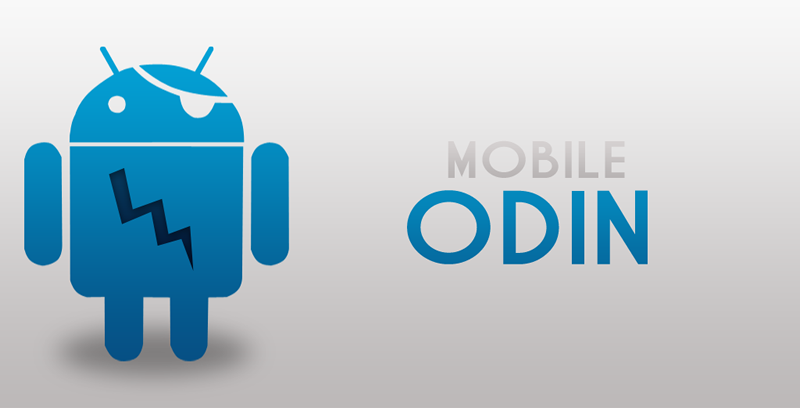Search result

With the amount of digital and e-commerce stores we've been using to date, it's easy to think that it's a straightforward business to set up and run e-commerce platforms. For a lot of us who have transitioned to becoming a digital entrepreneur, the advantages of online stores are immense. One of the biggest and most profound factors is the costs involved in setting an online business - it's next to nothing.
Plenty of physical stores have an online website and an e-commerce capability to allow customers to continue the purchasing process online and offline. From enabling customers anywhere in the world to purchase products from your site at any time, your online store is a must-have extension of your business.
However, entrepreneurs and business owners often find themselves in a conundrum when managing physical and digital extensions.
1- Worrying about shipping costs
Shipping costs are never going to run away. The only way you avoid shipping altogether is if you sell a service or a purely digital product. If you have a physical, tangible product, shipping costs are part of your daily business. Your main goal when it comes to running your physical and digital store is to ensure the shipping process is clear and strategically aligned to increase sales, and depending on where your orders come from, your shipping costs will be in a different range. In the spirit of increasing your profits, a good thing to start with is to set a flat shipping rate when a customer purchases something from your store or your online site. Also, there are routing apps that will plan out the best directions for driving for business that requires multiple stop delivery.
2- Expecting easy money

Online retail is great for your business. Once you open an online store as an extension to your physical store, this ultimately opens up another channel of income, plus the online convenience that makes your job simpler. However, don't think it's going to be a walk in the park. Staying ahead of the competition, investing in marketing, and ensuring a smooth and easy to use online site takes time and effort. This needs research as well as a unique approach that makes your product stand out among the masses. Don't expect money to roll in, without putting in the work needed and time as well to see your product and your site lift out.
3- Making order information difficult to access
The biggest mistake many businesses make is not making it easy for customers to shop, add to cart, and find information on their orders and shipping updates. Providing the estimated shipping dates, so your customers know when to expect their products, is extremely important. Keeping your customers informed of the product they are buying, the way they make payments, the information they are keying in to your site, and how long they will need to wait until their items arrive are all the things you need to put in black and white. This won't only help you troubleshoot problems, but your customers will also be happy with the information they can access.
4- Botching order changes and cancellations
Your online customers change their minds faster than the ones who shop at regular stores. This is bound to happen, and for this, you need a backup plan. You want to ensure that your customer is efficiently and accurately refunded. Some vendors will immediately go ahead and make the order, and you'll end up with a negative review on your site. To avoid this, speak to your vendor first before confirming things with your customer. While your customers wait for confirmation, let them know you've received their request and are working on making the necessary refunds or changes.
5- Not keeping your inventory up to date

The minute a customer experiences problem with their order, their frustrations are immediately directed at you. If they go on to your site and find that a product has been out of stock, this can create a negative purchasing process. What do you do? Firstly, allow your customers to sign up to get notified when a product is available. That's a front-end must-do. On the back-end side of things, you need to manage your inventory, so you know what products you have, when to expect shipment of your products, when to make another order before stock runs out, etc. Using inventory management software such as Fishbowl training is extremely useful in this context. Get your inventory management staff to participate in an on-site Fishbowl training to learn how to set up, implement, and use the Fishbowl software seamlessly, so you never run into problems of low stock.
6- Return complications
Setting up a system for returns will be beneficial not only for your sanity, but also to lessen the time your customers need to wait for a result. Organized and systematic approaches to problems not only keep your customers happy, but it also shows you're professional.
7- Inconsistent branding

You want a consistent and strong image when you go to market for your business. The logo of a company, whether a physical store or an online store, is crucial because it can make or break the company's presence. Your brand will fail to gather a huge number of customers if it doesn't have a solid logo and consistent branding that's the same online and offline. It's always best to consult a brand consulting firm or, at the very least, a professional logo designer to create a logo for your online site. It's always good to look for cost-effective options when designing a logo if you're starting out. Many sites host freelancers, such as Upwork and Fiverr.
8- Improper About Us/Contact page
If you're new, one of the ways that your customers know about you is through your About Us page. This is one of the most visited sites on a website apart from the actual product list or the contact page. If you don't introduce your business, then you're basically killing your business.
Your 'About Us' page should contain the immediate and necessary information to highlight facts about who you are, your mission and vision, and why you're doing what you're doing. Your location details and email address are the other essential things to be added to the site. This information is crucial because it builds trust and loyalty among the customers of your site.
9- Not using the newsletter subscriptions effectively
Newsletters form an integral part of your marketing arsenal. Most, if not all, of the Shopify themes feature newsletter signup options, and you might as well use it. MailChimp is one of the most popular options for newsletters to use, and you can simply sync it to your online account. Allow your customers to opt-in for email subscriptions of their choice.
10- Not doing a soft launch of your site

Instead of a grand launch, why not opt for a soft launch to a limited number of people? This is a great way of letting your customers know you have an online site that can make purchasing and connecting with you easier. This won't only give you the advantage to use their feedback, but you can also make tweaks to your site and prepare for a grand launch once your site is fully functional and can bring in the traffic you desire.
© 2023 YouMobile Inc. All rights reserved





